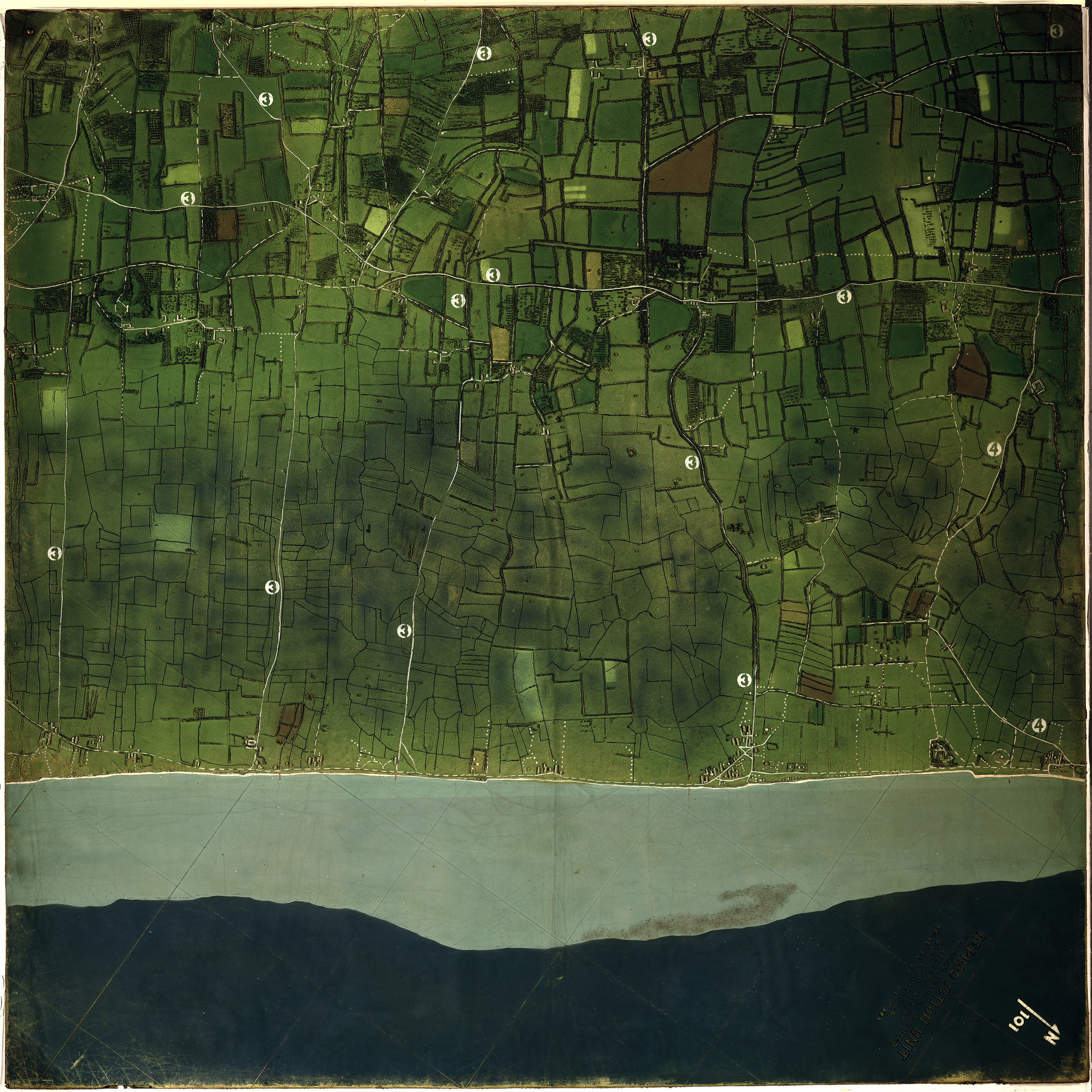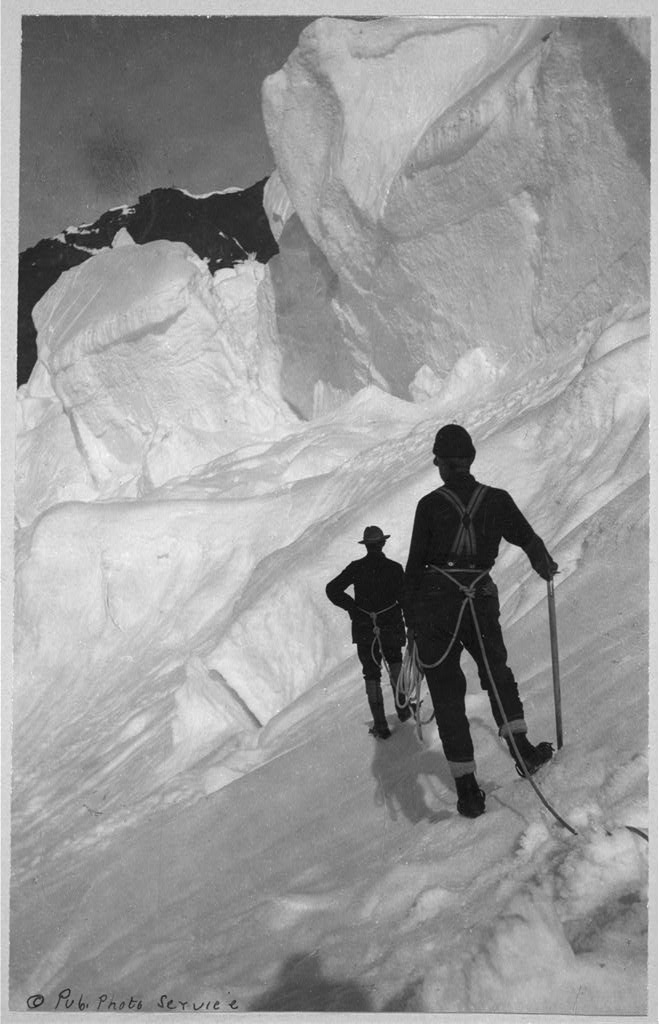
News and Events
Archive
- April 2025
- March 2025
- February 2025
- January 2025
- December 2024
- November 2024
- September 2024
- August 2024
- July 2024
- June 2024
- May 2024
- April 2024
- March 2024
- February 2024
- January 2024
- December 2023
- November 2023
- October 2023
- September 2023
- August 2023
- July 2023
- June 2023
- May 2023
- April 2023
- March 2023
- February 2023
- January 2023
- December 2022
- October 2022
- August 2022
- July 2022
- June 2022
- May 2022
- April 2022
- March 2022
- February 2022
- January 2022
- December 2021
- November 2021
- October 2021
- September 2021
- August 2021
- July 2021
- June 2021
- May 2021
- April 2021
- March 2021
- February 2021
- January 2021
- December 2020
- November 2020
- October 2020
- September 2020
- August 2020
- July 2020
- June 2020
- May 2020
- April 2020
- March 2020
- February 2020
- January 2020
- December 2019
- November 2019
- October 2018
Ferdinand Vandeveer Hayden and our first national park
Surveyors are natural explorers, so they appreciate and enjoy the beauty and infinite variety of nature every day. Unless you choose a profession that includes the outdoors, people must intentionally plan a trip to a county, state or national park. Most people aren’t aware that surveyors were instrumental in the creation of our National Parks, including our first – Yellowstone National Park.
Robert Erskine - Inventor, engineer, surveyor and patriot
It’s hard to overstate how important surveying was to the establishment of the United States – three of our presidents were surveyors, as well as six of the signers of the Declaration of Independence. But even before there were presidents, surveying and cartography played an essential role in the fight for independence.
Steve Parrish ‒ A Living Legend
I’m sure most surveyors have heard of the “Final Point” program created by Berntsen International, Inc. and the National Society of Professional Surveyors Foundation (NSPSF). It’s a way to memorialize the work of beloved surveyors who have had a lasting impact on the profession, while supporting the future of surveying through NSPS/Berntsen scholarships.
The InfraMarker® RFID App Now Livein the Esri ArcGIS Marketplace
Madison, Wisconsin – March 7, 2022: Berntsen International, Inc., was recognized with the High Potential Award at the 2022 Esri Partner Conference (EPC) held in Palm Springs, California March 5–7, 2022. This award was presented to Berntsen International Inc., for the substantial opportunity for growth represented by its InfraMarker® Connected RFID™ solution that links the power of ArcGIS with RFID asset marking to deliver more accurate and efficient field operations.
Operation Overlord
Seventy-eight years ago today, Operation Overlord was launched – known as D-day, one of the greatest combined military operations ever undertaken. It was ambitious on a size and scale that is unparalleled to this day. What isn’t often remembered is what it took to plan the invasion. Everything about the landing sites had to be known – a tall order because the entire coast was enemy territory. That’s where surveyors and reconnaissance experts came in.
A life of precision - Andrew Ellicott, officer, surveyor, diplomat and teacher
Andrew Ellicott’s family emigrated from Wales to what is now Bucks County in Pennsylvania in 1731. They had to leave Wales because Ann Bye Ellicott was a Quaker and when she married Ellicott (a non-Quaker), they were disowned and needed to start anew.
Andrew Ellicott was the first of nine children born to Joseph and Judith. The family continued the Quaker faith, finding welcome in a state founded by a Quaker, William Penn. Joseph supported the growing family by working as a miller and clockmaker. The children were educated at the local Quaker school, where Andrew’s talent for math and mechanics was encouraged and developed.
April is Safe Digging Month - for good reason.
As surveyors intimately understand, it’s very important to know what’s below. Your life could depend on it. National Safe Digging Month was created in 2008 by the Common Ground Alliance (CGA) to bring visibility to protecting workers, utilities and the public by working to prevent utility strikes during excavation. This group is comprised of companies and individuals in every facet of the underground utility industry, including Berntsen.
Yellowstone's Moving Monuments
Yellowstone was established by Congress as the world’s first national park on March 1, 1872, following three expeditions to the region (the Folsom-Cook-Peterson Expedition of 1869; the Washburn-Langford-Doane Expedition of 1870; and the official, government sponsored Hayden Expedition of 1871). The expeditions were seeking the truth to the numerous rumors about the area that was described as “smoking with the vapor from boiling springs; and burning with gasses . . . “ (Joe Meek, fur trapper, 1829). What the men of these expeditions saw astounded and inspired them. The unique geology of the area galvanized them to petition Congress to set the area aside as a “public pleasureing-ground” protecting from “injury or spoliation” the “timber, mineral deposits, natural curiosities or wonders within said park, and their retention in their natural condition.”
Underwater by Design
Near midnight on August 4th, 1984, the M/V Wellwood, a 400-foot steel-hulled freighter, struck Molasses Reef in the Florida Keys National Marine Sanctuary. This wasn’t good for the Wellwood, and it was disastrous for Molasses Reef; 1,280 square meters of coral reef habitat was Molasses Reef / Wellwood Restoration Site Monument utterly destroyed, reduced to pulverized coral rubble.
Denali . . . Maybe not just a hike up the mountain
In June of 1989, a team of eight men ─ formally called The 1989 Mt. McKinley Global Positioning Expedition ─ set out from a base camp to perform one of the most unusual survey projects the world has ever seen. Their mission was to verify, by the most sophisticated satellite positioning methods, the true summit elevation and position of the highest mountain peak on the North American continent, Denali. [Mt. McKinley was renamed with its original name, Denali, in 2015]. The project involved hundreds of hours of planning, thousands of dollars in costs, the use of the most up to date global positioning equipment to track several special military communication satellites orbiting the earth . . . and one Berntsen Survey Monument, which was placed precisely at the summit.
The survey that led to a national park
At the beginning of nearly every autumn season, I set out on vacation, hoping to see new places and learn new things. I often seek out new territory as I did this year, but I also found myself trekking back to a much favored area in Utah: Zion National Park. Although I’ve been there in the past for sightseeing and hiking its impressive rock trails, it is always a joy to visit. And this time, I’d like to especially thank Leo Snow.
Lasting Impressions of Surveying
National Surveyor’s Week is an opportunity to highlight the many benefits of a career in surveying and to celebrate the accomplishments of the surveying community. Over the past year, I’ve been highlighting the work of colonial surveyors, from John Morton to Thomas Jefferson. These early surveyor’s contributions extend far beyond surveying boundaries – their background helped them to literally lay the foundation of our nation.
Berntsen International, Inc. Receives Esri’s High Potential Award for Substantial Opportunities for Growth at the Esri Partner Conference
Madison, Wisconsin – March 7, 2022: Berntsen International, Inc., was recognized with the High Potential Award at the 2022 Esri Partner Conference (EPC) held in Palm Springs, California March 5–7, 2022. This award was presented to Berntsen International Inc., for the substantial opportunity for growth represented by its InfraMarker® Connected RFID™ solution that links the power of ArcGIS with RFID asset marking to deliver more accurate and efficient field operations.
It’s National Engineers Week!
Most engineers would argue that it’s always engineers week, but this week is the “official” week to highlight the stunning array of engineering accomplishments and types of engineering that make our lives easier in every way.
Before there was President's Day, there were surveyors
Whenever President’s Day rolls around, we, as surveyors, can’t help but think of the historical importance of surveying in the United States – not only because Washington, Lincoln and Jefferson were all surveyors, but the impact surveying had on the development of the nation. I’ve touched on that in blogs I’ve done about colonial surveyors, but the depth of the subject calls for a look into how surveying developed in America.
B.F. Dorr - Pioneer Surveyor
Surveying is more than a profession, it’s a trove of fascinating history and knowledge – from the Egyptians to the Romans to Thomas Jefferson, surveying has been an integral part of the growth of civilization and economic development.
John Morton - Surveyor and Activist
Today I’m sharing my research about a surveyor who didn’t have the best start in life. John Morton was born in Pennsylvania in 1725 shortly after the death of his father, one of the first Swedish immigrants who settled on the banks of the Delaware river in Pennsylvania in an area called New Sweden.
50 years and still innovating!
2022 marks Berntsen’s 50th anniversary. Thank you, surveyors for your support over the past half-century. Berntsen has been supporting surveyors for longer that I’ve been surveying.
It’s been an interesting road, and I’ve really enjoyed digging into Berntsen’s storied past. I’ve come up with a few gems I’ll share with you throughout 2022. Here’s a quick overview of our history.
Resolutions - based on resolve
I saw a meme the other day that said the year 2022 is pronounced the same as 2020 too. Hope it won't be a repeat of 2020! I was feeling a bit down, but then the snow fell and Tomahawk transformed into a beautiful winter wonderland, the angst and stress of 2021 melted away and I felt happy, hopeful, and excited for the upcoming holidays.
Abraham Clark - Man of the People
Did you ever wonder why men wore those white wigs back in colonial times? Turns out those wigs weren’t all white, but they were all about looking classy – as in economic class, that is. Apparently the color of the wig reflected status. Professionals went with gray, tradesmen wore brown, and white wigs were reserved for judges and military officers. Men could also don white wigs for special occasions – they went well with the ruffles around the wrist which were also part of the whole look.



















